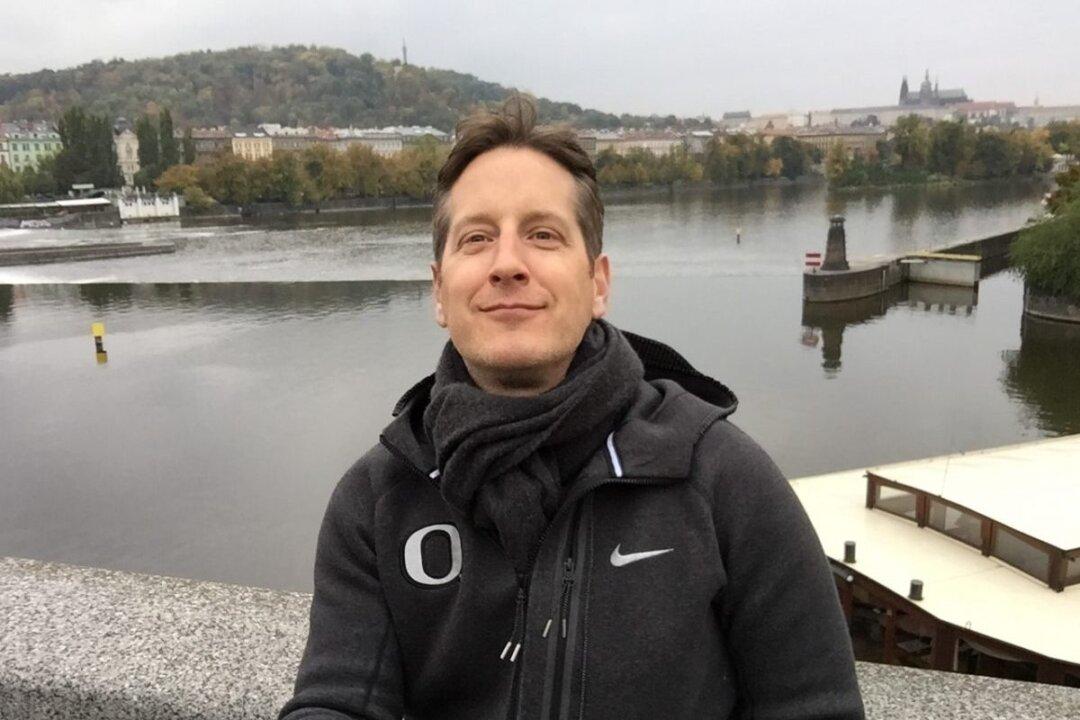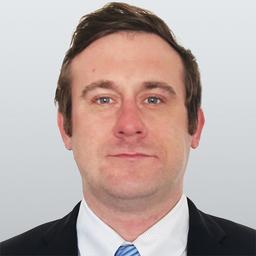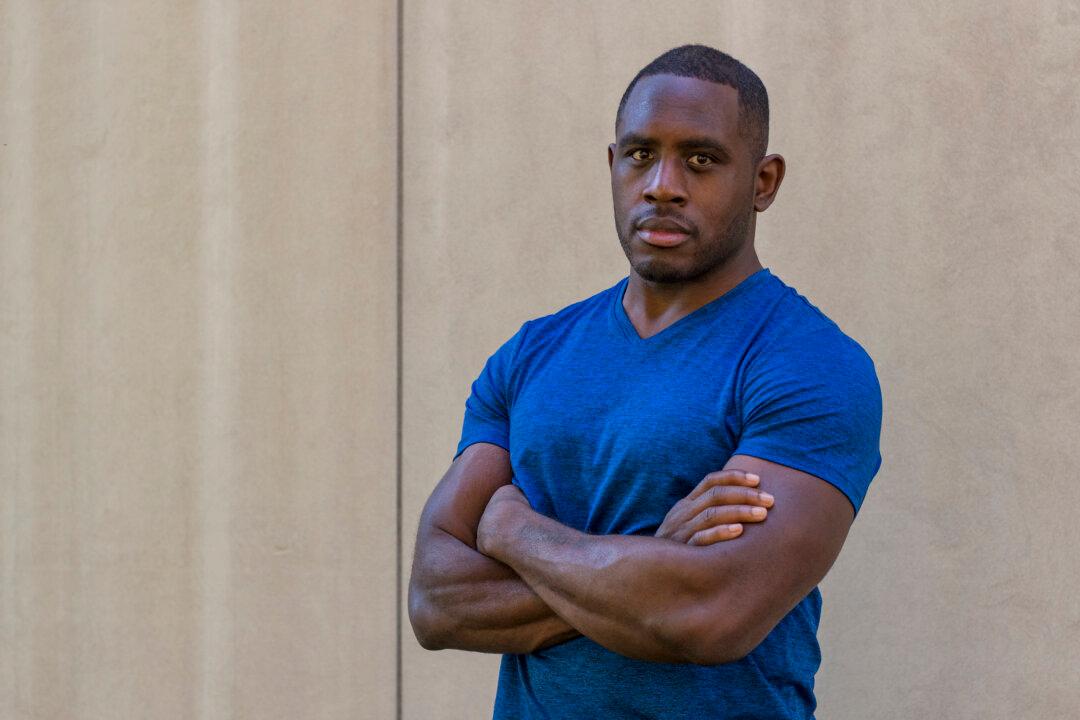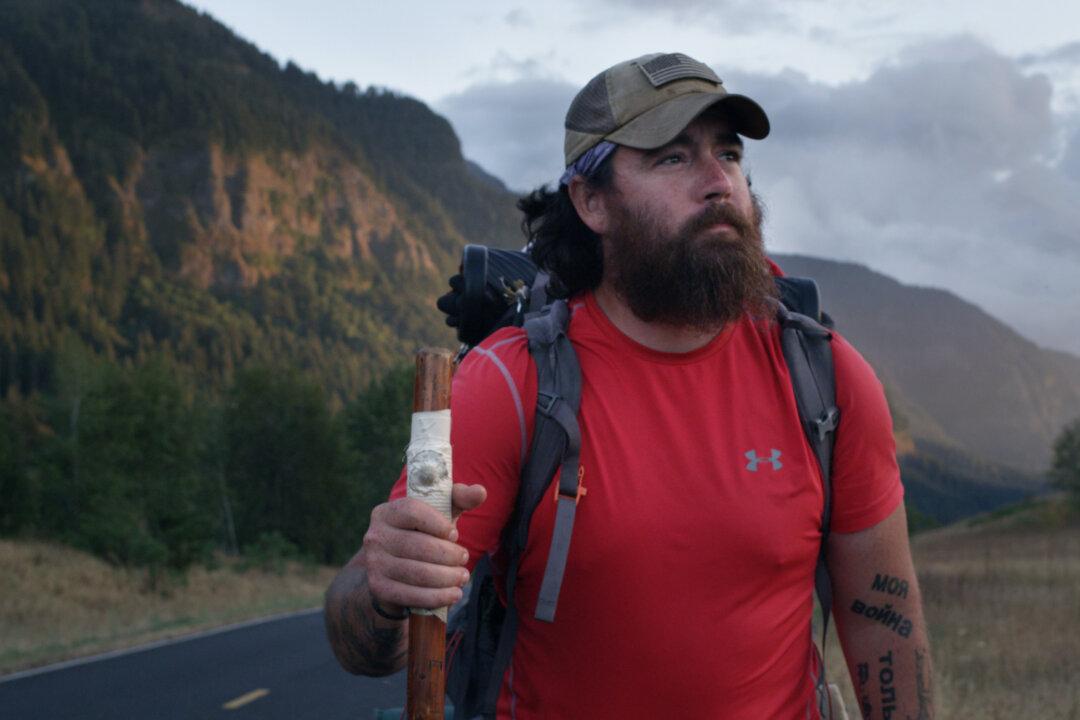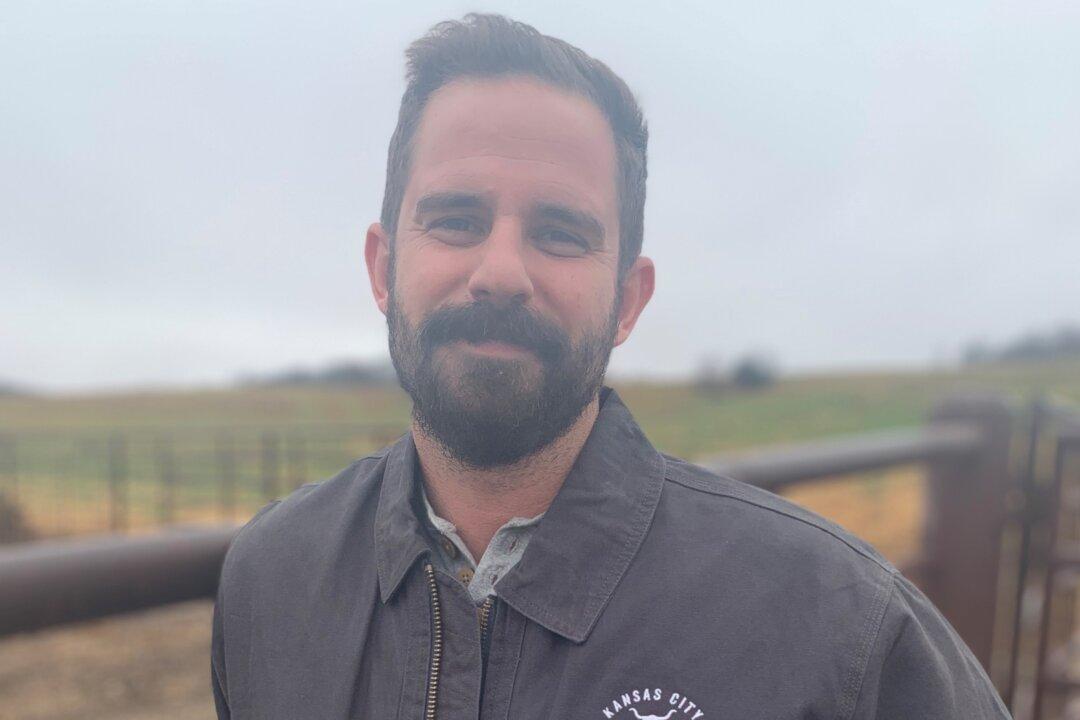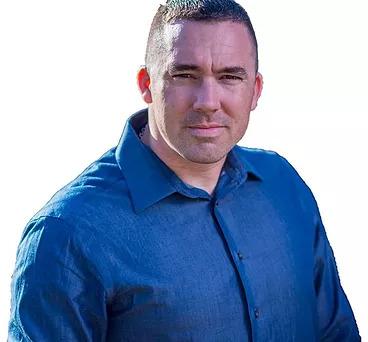Watching a loved one battle an addiction, eating disorder, or other trauma is excruciating. Often, family and friends become desperate, and will take extreme measures to help someone they care for dearly. Unfortunately, it’s often the way people try to get involved that fails.
One route they take is planning an intervention for their loved one. However, the antiquated ambush approach is traumatic and ineffective. Shocking someone in this way can make them feel betrayed, and trying to force them to change on our terms rarely works.

